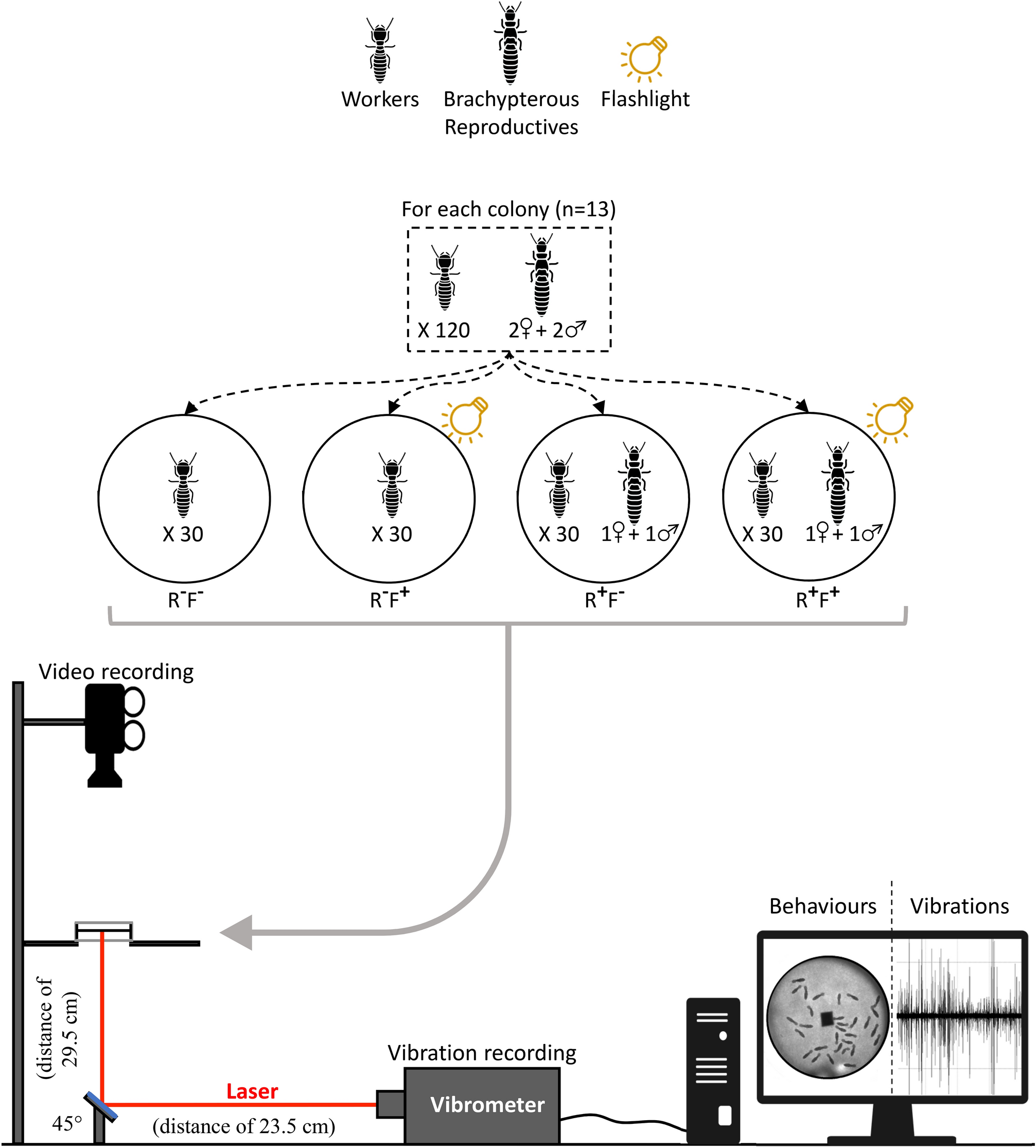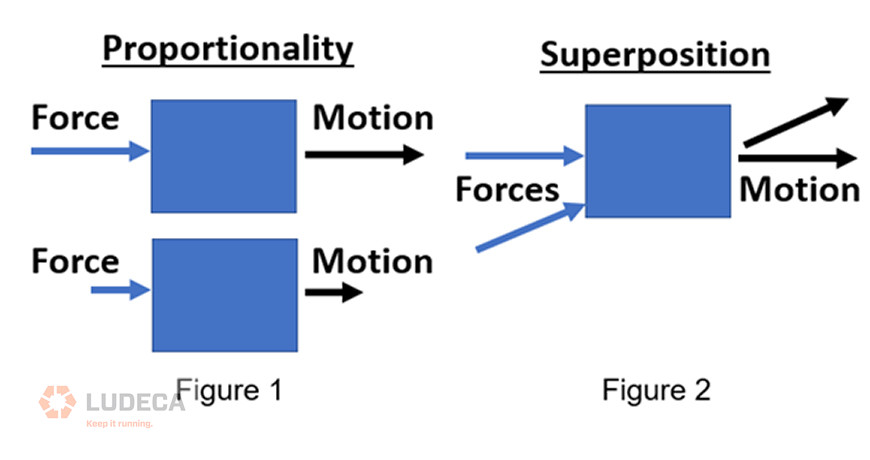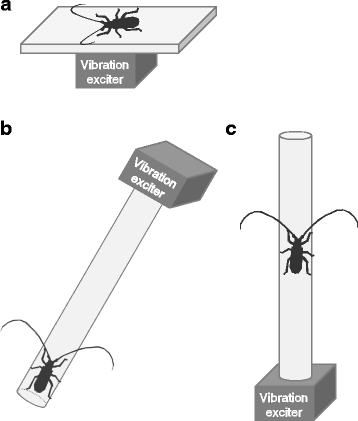Substrate vibrations mediate behavioral responses via femoral
4.5 (696) · $ 7.50 · In stock
Background Vibrational senses are vital for plant-dwelling animals because vibrations transmitted through plants allow them to detect approaching predators or conspecifics. Little is known, however, about how coleopteran insects detect vibrations. Results We investigated vibrational responses of the Japanese pine sawyer beetle, Monochamus alternatus, and its putative sense organs. This beetle showed startle responses, stridulation, freezing, and walking in response to vibrations below 1 kHz, indicating that they are able to detect low-frequency vibrations. For the first time in a coleopteran species, we have identified the sense organ involved in the freezing behavior. The femoral chordotonal organ (FCO), located in the mid-femur, contained 60–70 sensory neurons and was distally attached to the proximal tibia via a cuticular apodeme. Beetles with operated FCOs did not freeze in response to low-frequency vibrations during walking, whereas intact beetles did. These results indicate that the FCO is responsible for detecting low-frequency vibrations and mediating the behavioral responses. We discuss the behavioral significance of vibrational responses and physiological functions of FCOs in M. alternatus. Conclusions Our findings revealed that substrate vibrations mediate behavioral responses via femoral chordotonal organs in M. alternatus.

PDF) Physiology of vibration-sensitive afferents in the femoral

PDF) Vibrational communication and mating behavior of the

Vibrational communication and mating behavior of the greenhouse
Vibrational communication and mating behavior of the greenhouse

PDF) Substrate vibrations mediate behavioral responses via femoral chordotonal organs in a cerambycid beetle

Low-frequency vibration transmission and mechanosensory detection

Communication by substrate-borne mechanical waves in insects: From basic to applied biotremology - ScienceDirect

Low-frequency vibration transmission and mechanosensory detection

Determining Vibroreceptor Sensitivity in Insects: The Influence of

Vibratory behaviour produces different vibration patterns in presence of reproductives in a subterranean termite species

PDF) Substrate vibration sensitivity of the leg scolopidial organs

Communication by substrate-borne mechanical waves in insects: From basic to applied biotremology - ScienceDirect

PDF) Physiology of vibration-sensitive afferents in the femoral

A±C Photographs of metathoracic femoral chordotonal organ (FCO

IJMS, Free Full-Text











